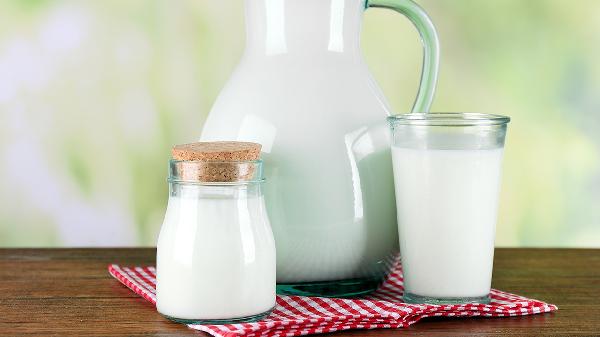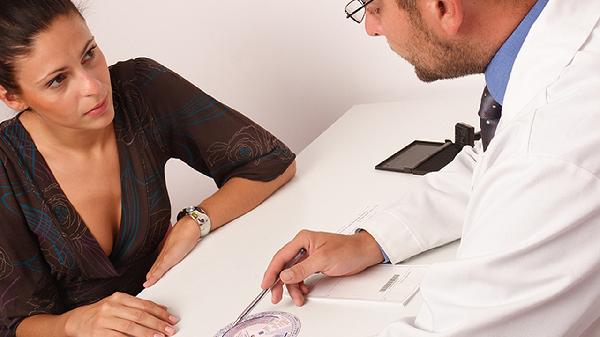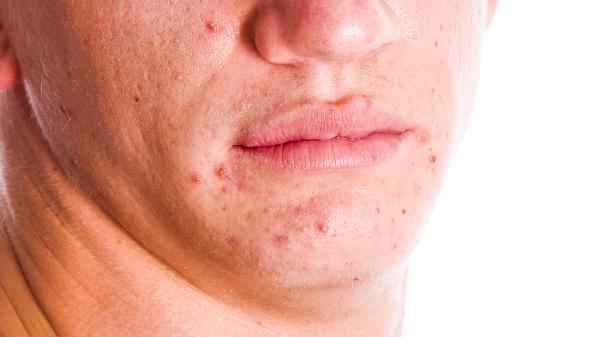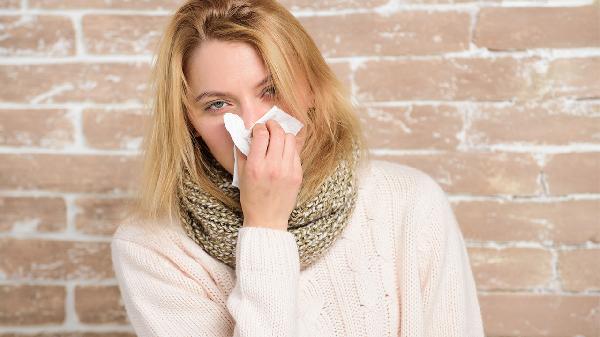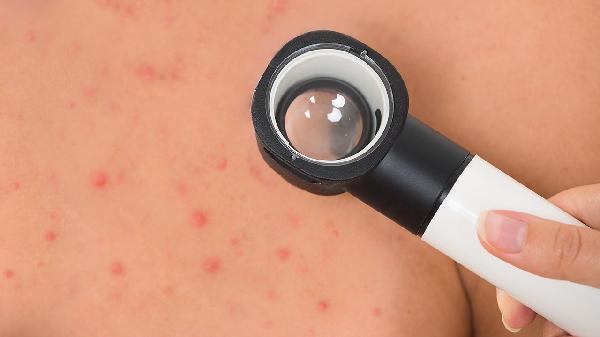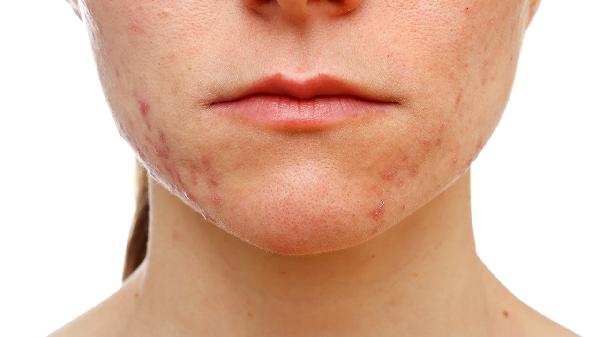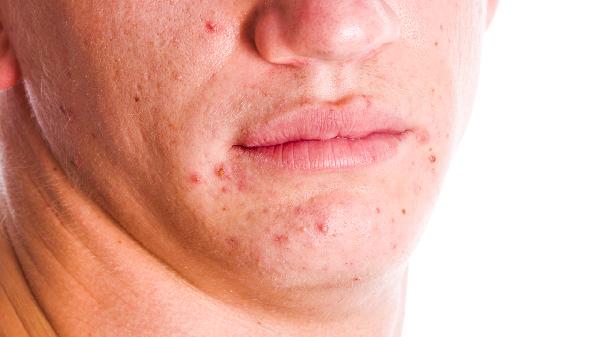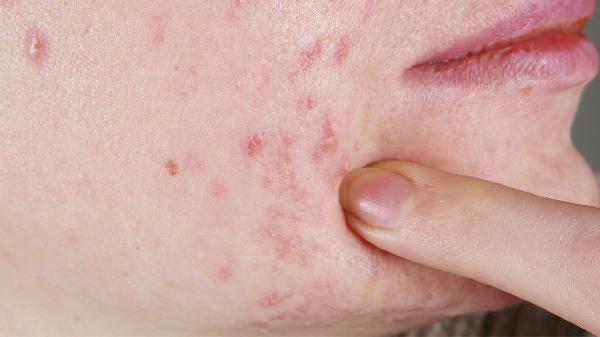Have you ever thought that the lip balm you use every day to keep your lips moisturized could actually be a "hidden enemy" for your lips? That's right, lip balm allergy is no joke—it can cause your lips to become swollen, itchy, and even peel. Don’t worry, today we’re going to talk about how to deal with lip balm allergy so you can regain healthy, hydrated lips.
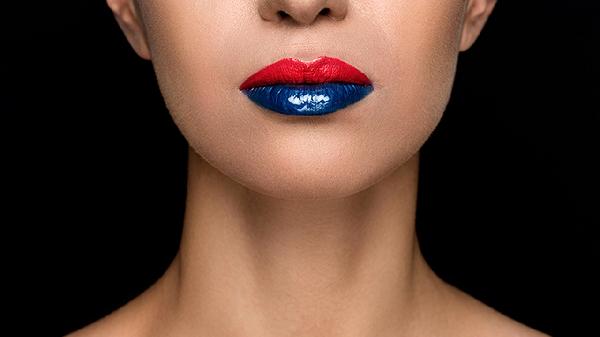
1. Identify Allergy Symptoms
Symptoms of lip balm allergy typically include lip swelling, itching, stinging, peeling, and even small blisters. If you notice these symptoms after using a particular lip balm, it’s likely an allergic reaction. Don’t rush to throw the lip balm away—first, confirm whether it’s really an allergy or just dry lips.
2. Stop Using the Suspect Lip Balm
Once you’ve confirmed it’s a lip balm allergy, the first step is to immediately stop using that product. Continued use will only make the symptoms worse. You can temporarily switch to a natural lip balm that’s fragrance-free, dye-free, and preservative-free to give your lips a chance to recover.
3. Use a Cold Compress to Soothe Discomfort
If your lips are already swollen and itchy, you can use a cold compress to ease the discomfort. Wrap an ice pack in a clean towel and gently apply it to your lips for 5-10 minutes at a time. The cold compress helps constrict blood vessels, reducing swelling and itching.
4. Use Anti-Allergy Medication
If the symptoms are more severe, consider using anti-allergy medication. There are many over-the-counter antihistamines available, such as loratadine or cetirizine, which can effectively relieve allergy symptoms. However, it’s best to use them under a doctor’s guidance to avoid unnecessary side effects.
5. Choose Hypoallergenic Lip Balms
To avoid future allergic reactions, be extra careful when selecting lip balms. Opt for hypoallergenic, fragrance-free, dye-free, and preservative-free options. There are many lip balms on the market specifically designed for sensitive skin, with simple ingredients and high safety, making them suitable for people prone to allergies.
6. Focus on Lip Care
In addition to choosing the right lip balm, daily lip care is also important. Wash your lips with warm water every morning and night to remove any residual lip balm and impurities. Regularly use a lip scrub to exfoliate dead skin and keep your lips soft and smooth. Before bed, apply a thick layer of moisturizing lip balm to nourish your lips.
7. Avoid Irritating Foods
During a lip allergy episode, try to avoid consuming irritating foods like chili peppers, mustard, and vinegar. These foods can irritate your lips and worsen allergy symptoms. Instead, eat foods rich in vitamins C and E, such as oranges, kiwis, and nuts, which can help repair damaged lips.
8. Stay Positive
Finally, don’t forget to stay positive. Stress and anxiety can exacerbate allergy symptoms, so try to relax and maintain a good mindset. Listen to music, practice yoga, or chat with friends to take your mind off the discomfort.
While lip balm allergy can be frustrating, with the right measures, you can quickly restore your lips to their healthy, hydrated state. Remember, choose the right lip balm for you, take care of your lips daily, avoid irritating foods, and stay positive—your lips will shine again in no time. The next time you encounter a lip balm allergy, you’ll know exactly what to do!
